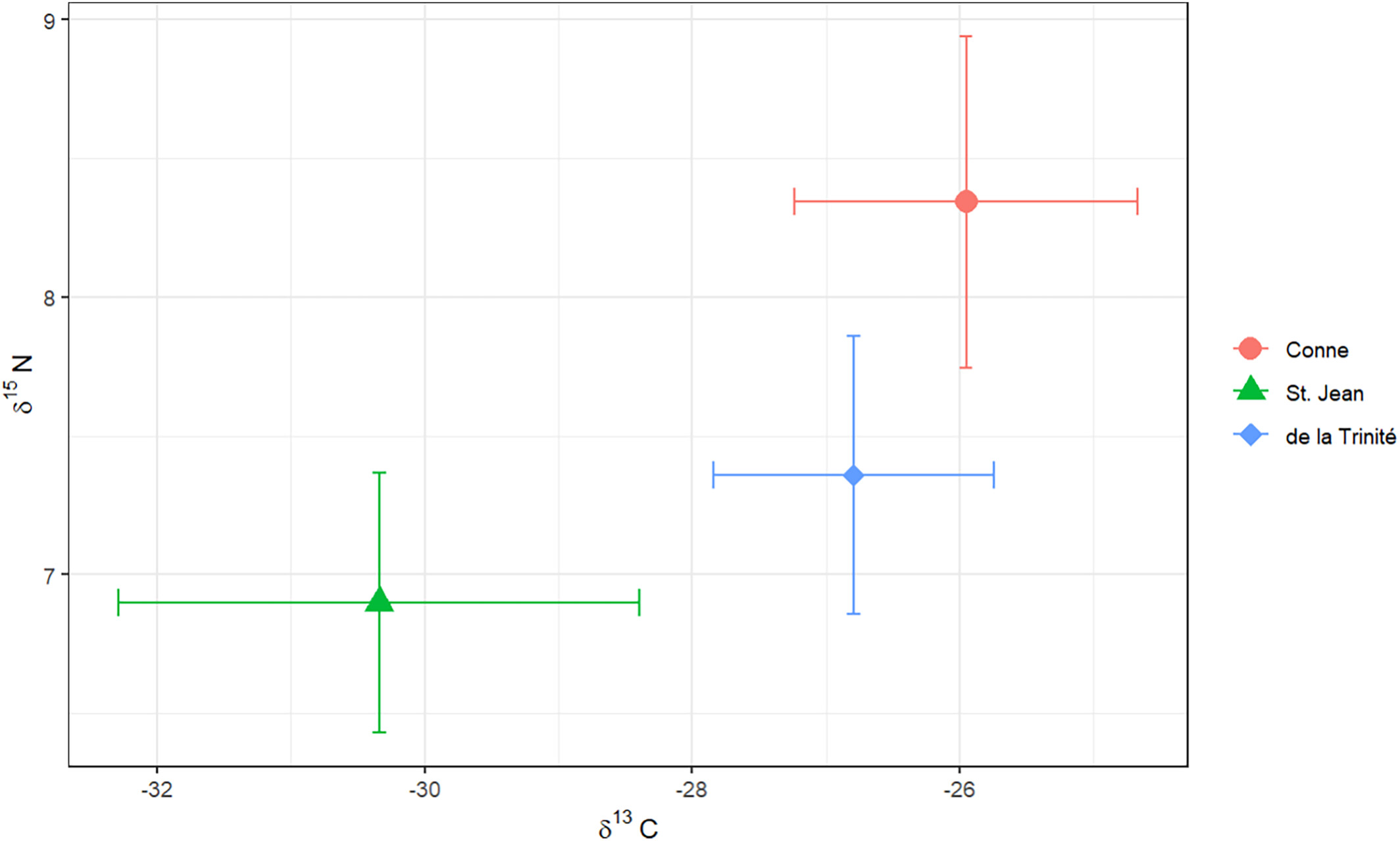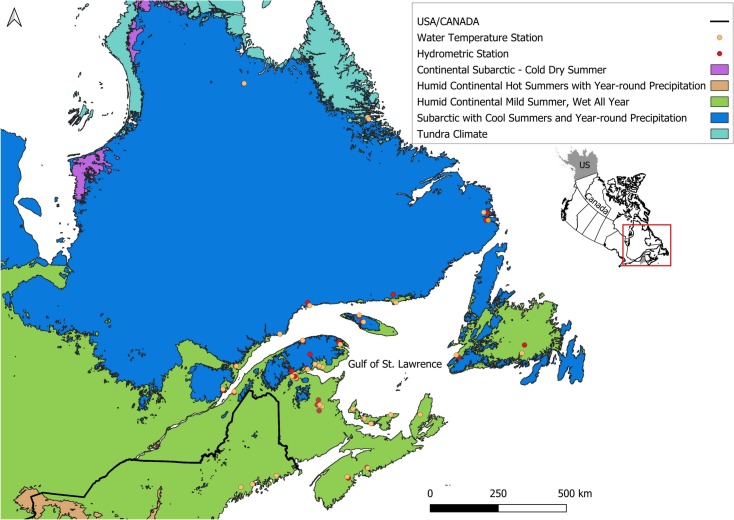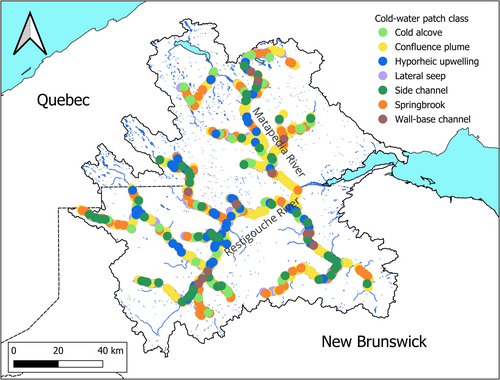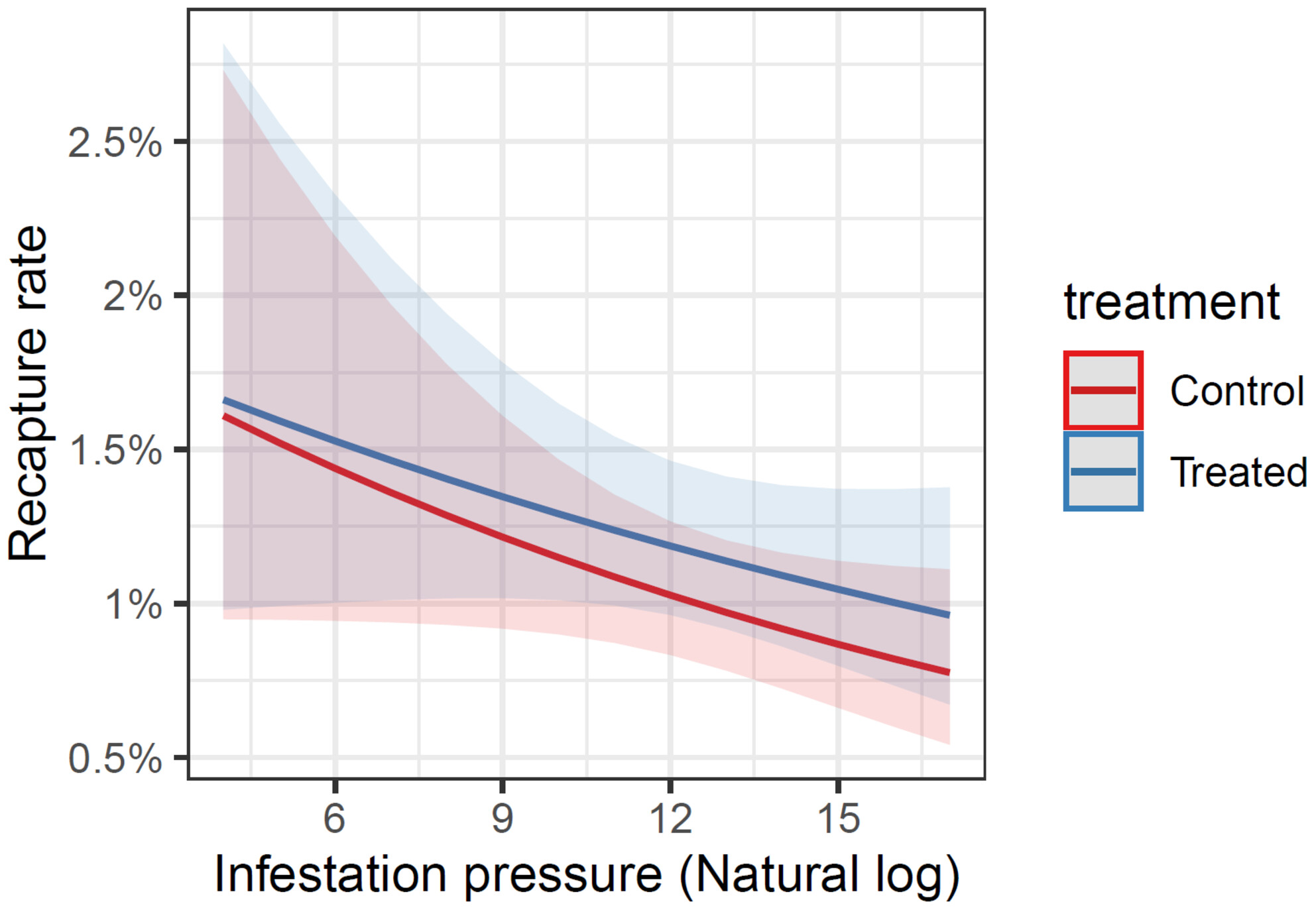Trends, teleconnections and nonstationary frequency modeling of riverineheatwaves in North American Atlantic salmon rivers (1979–2100).

Assessing resource use as apredictor for Atlantic salmon (Salmo salar) smolt body size.
This study looks at whether the type and amount of food young Atlantic salmon use can predict how big they grow before migrating to sea.
Results showed that salmon using a wider range of food sources tended to grow larger.
This suggests that access to diverse resources is important for healthy salmon smolt development and survival.

Trends, teleconnections and nonstationary frequency modeling of riverineheatwaves in North American Atlantic salmon rivers (1979–2100).

Assessing resource use as apredictor for Atlantic salmon (Salmo salar) smolt body size.

Cold-Water Thermal RefugeEnhancement and Creation forSalmonids: Successes, Failures, and Lessons Learned.

Salmon lice from aquaculture reduce marine survival of Atlantic salmon.

Regional stream temperature modeling in pristine Atlantic salmon rivers: A hybrid deterministic–Machine Learning approach.

Current and predicted ecological impacts of climate change to Atlantic salmon freshwater productivity in the North Atlantic.

A Mi’kmaw Perspective on Advancing Salmon Governancein Nova Scotia, Canada: Setting the Stage for Collaborative Co-Existence

Challenges and opportunities for Mi’kmaq Aboriginal and treaty rights to fish in Nova Scotia, Canada
.png)
The article explores Mi’kmaw Aboriginal and treaty-based fisheries, focusing on whether they should be viewed as legal constructs or as a value-based way of life.
It argues that Mi’kmaw fisheries are more than just legal rights—they are deeply connected to Mi’kmaw culture, governance, and values. Fishing is a central part of their identity, providing not only sustenance but also spiritual and cultural significance.
The article highlights the importance of Netukulimk, a Mi’kmaw concept of sustainable use of resources, as a guiding principle in their fishing practices.
The Canadian legal system often tries to regulate these fisheries through laws and policies, like the Fisheries Act, which can clash with the Mi’kmaw's traditional way of managing fisheries. Court decisions like R. v. Sparrow and R. v. Marshall confirmed Aboriginal rights to fish for livelihood, but the article argues these legal frameworks do not fully capture the Mi’kmaw perspective.
Ultimately, the article calls for a governance system that respects Mi’kmaw traditions and values, moving beyond purely legal interpretations to include their cultural and ecological approaches to resource management.

The impacts of diel thermal variability on growth, development and performance of wild Atlantic salmon (Salmo salar) from two thermally distinct rivers.

Determining early marine survival and predation by endothermic predators on acoustically tagged Atlantic salmon (Salmo salar) post-smolts.

Variable parallelism in the genomic basis of age at maturity across spatial scales in Atlantic salmon.

Post-glacial recolonization and multiple scales of secondary contact contribute to contemporary Atlantic salmon (Salmo salar) genomic variation in North America.

Methodological influence on detecting temperature effects on growth variability in juvenile Atlantic salmon.

eDNA metabarcoding reveals riverine fish community structure and climate associations in northeastern Canada.

